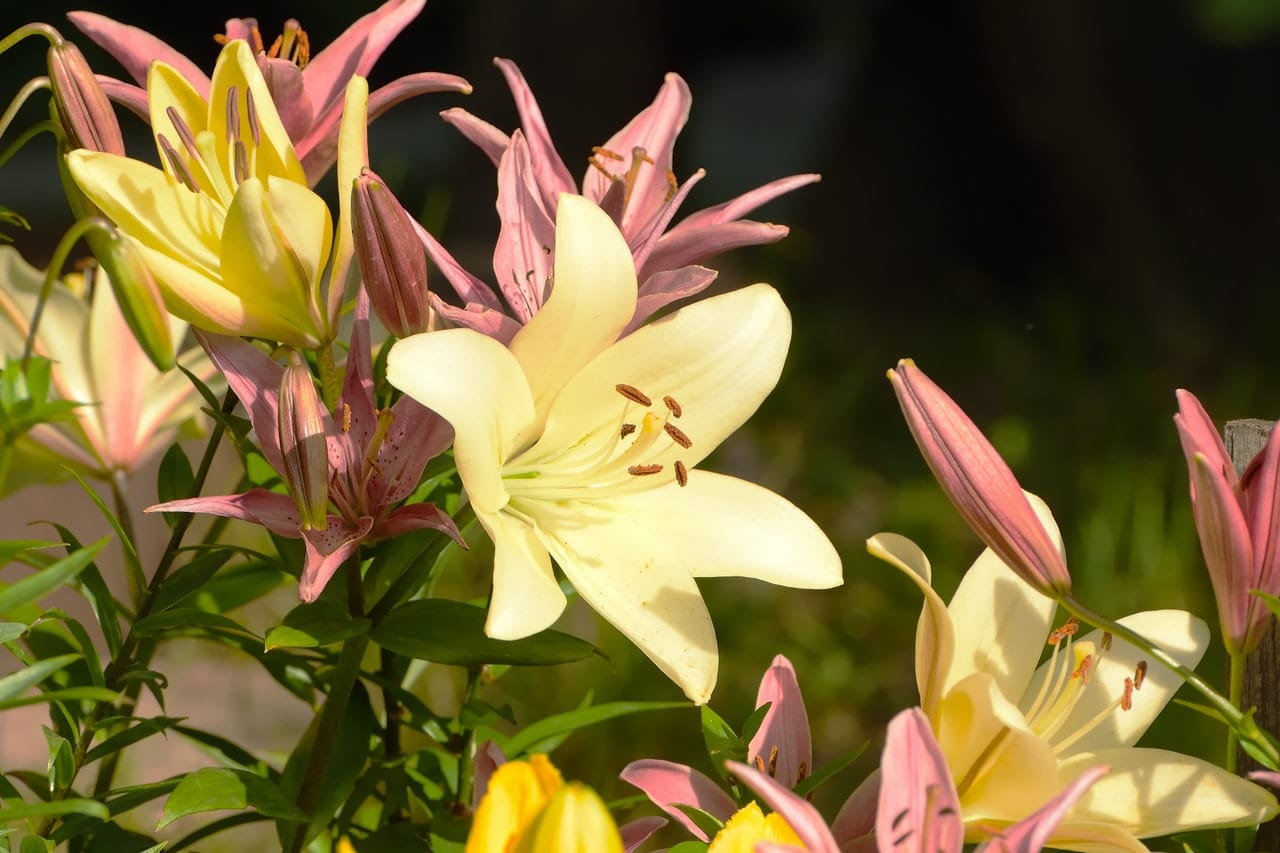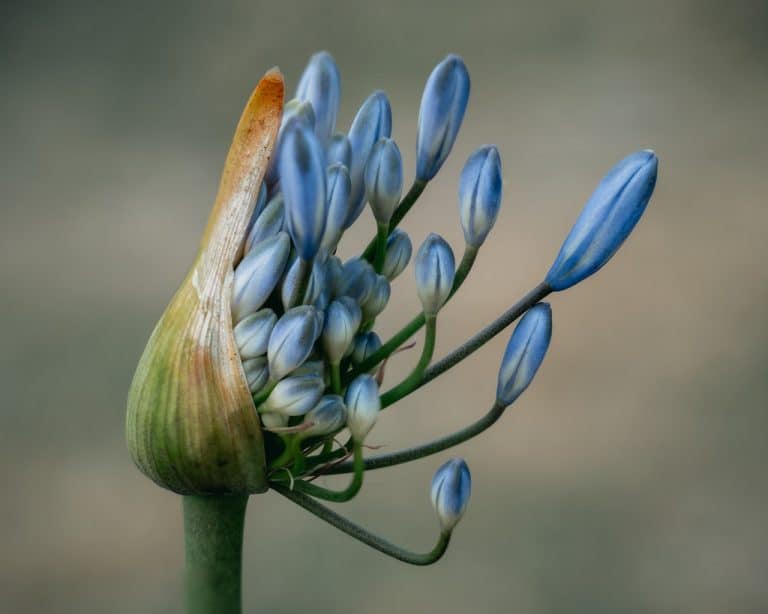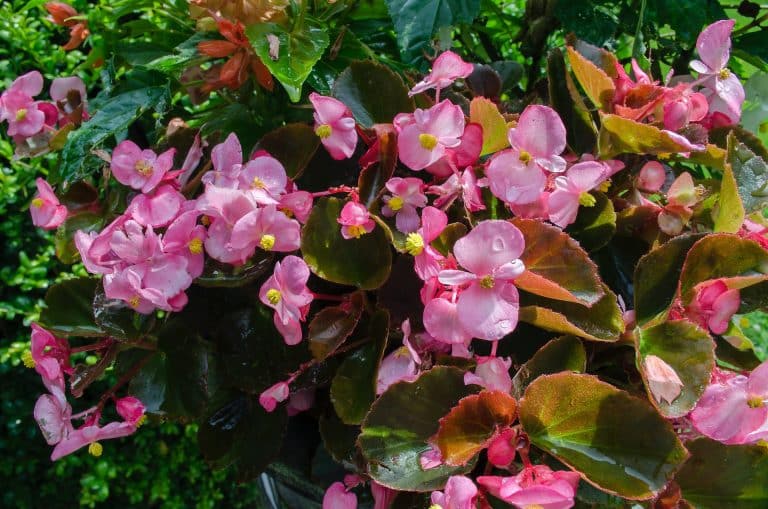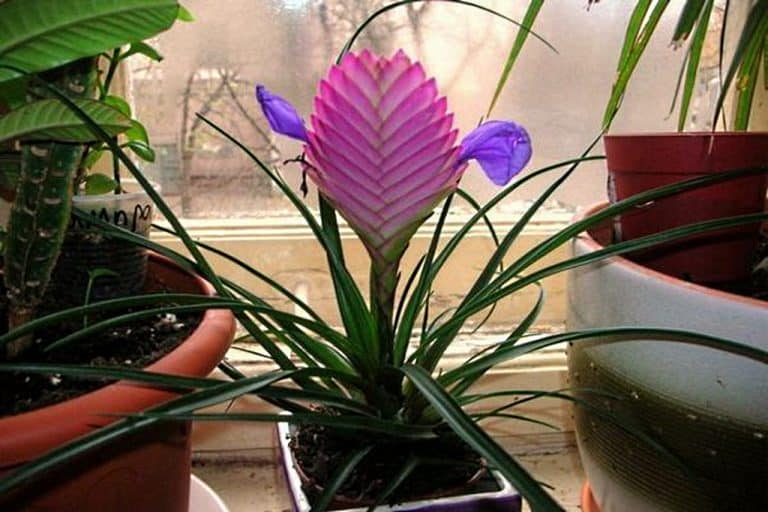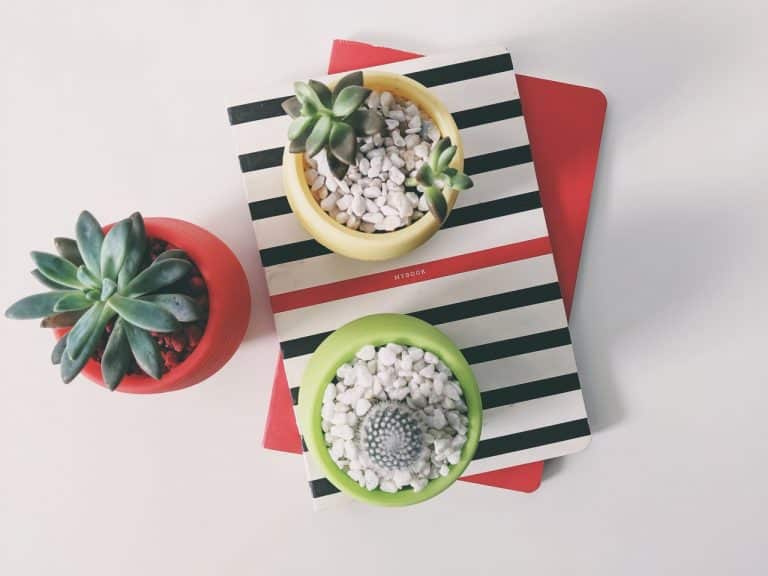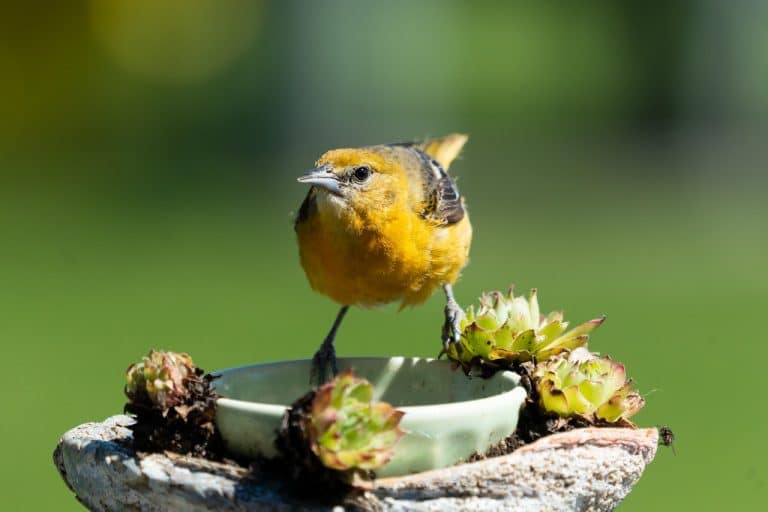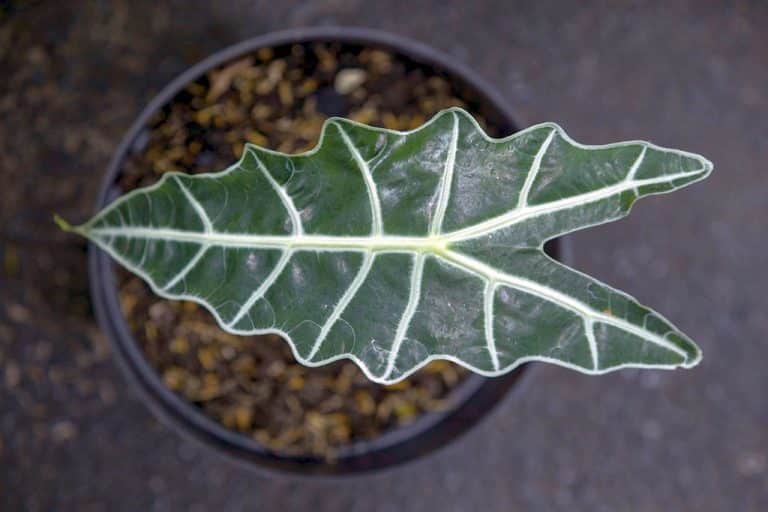Growing Warm-Natured Bulbs, Corms, and Tubers
The bulbs in this group come from different parts of the world, from the tropics to the arid temperate climate of South Africa, so they are not all grown the same way.
Oxalis is nearly perpetual, hardly ever needing a rest period, while amaryllis, clivia, and most others do best when allowed a period of dormancy.
Indeed, the seasonal light and temperature cycles of warm-natured bulbs vary so much that few generalizations can be made.
Most warm-natured bulbs that grow well indoors need a period of bright light or cool temperatures to coax them into bloom; many respond well to winter sun.
In summer, they are best grown in shadier spots and can be moved outdoors onto a porch or patio provided they are not exposed to temperatures below about 55°F/13°C.
If you have a garden, you can even bury the pots halfway in loose soil, which insulates the roots from daily temperature fluctuations and helps keep them moist at the same time.
Most warm-natured bulbs have in common a need for regular fertilization before and after they bloom. You might expect this with plants that, while somewhat seasonal, still grow for a long time. A high-phosphorous plant food is ideal for these plants.
Perhaps the best thing about warm-natured bulbs is that they provide bursts of color at different times of the year.
You can have achimenes and caladiums through the summer, amaryllis in winter, clivia in late winter, and calla lilies in spring. While one species is at rest, there is always another ready and waiting to take its place.
Whether you start with purchased plants or dormant roots, most warm-natured bulbs can be counted upon to reward their keepers with several seasons of delight.
The plant profiles provide detailed information on the life cycles and cultural requirements for these beautiful plants.

TROUBLESHOOTING BULBS
No leaves or flowers
CAUSE: Bulbs have died, usually because fungi entered them. Infected bulbs rot and feel light or mushy when you remove them from the pots. Spring-flowering bulbs that freeze hard for a long time frequently rot when they thaw.
REMEDY: Discard bulbs and potting soil, and thoroughly clean pots. Start over in the proper season with bulbs from a reputable supplier. Use clean, uncontaminated potting soil.
Leaves appear, but no flowers.
CAUSE: Improper storage, especially at high temperatures, can cause the flowering parts of the bulb to die, though the leaf-producing tissues survive. Small, low-quality bulbs may lack sufficient specialized cells to develop flowers.
High-nitrogen fertilizer also can cause plants to produce lush leaves and few flowers.
REMEDY: Buy bulbs soon after they become available, bypassing those that have been on store shelves a long time. Obtain the biggest and best bulbs or tubers you can find, and buy from a reputable dealer.
Leaves emerge from near the side of the pot
CAUSE: Bulb or corm was planted upside down.
REMEDY: The tops of bulbs and corms are usually pointed, but if you can’t tell the top from the bottom, plant the root on its side.
Leaves grow slowly and buds drop off before flowers open
CAUSE: Dry conditions; trauma from environmental change.
REMEDY: Increase water and humidity. Avoid moving plants at the early bud stage of development.
Leaves look fine but buds drop off before flowers open
CAUSE: Sudden change from cold to warm conditions.
REMEDY: When spring-flowering bulbs are moved from their chilling chamber, keep them in a cool room for at least a week. The change from cold to warm should be as gradual as possible.
Plants grow tall and have trouble staying upright.
CAUSE: Too warm during early growth phase, or not enough light.
REMEDY: Crowding bulbs helps dwarf their top growth, as does growing them in a cool room. Do not move to a warm place until buds are ready to open. Light-starved plants stretch toward the brightest light.
Leaves look unhealthy and show tiny yellow dots.
CAUSE: Spider mites.
REMEDY: Discard infested plants that are short lived, because spider mites can easily spread to other plants. When purchasing plants, check them thoroughly for this and other pests.

